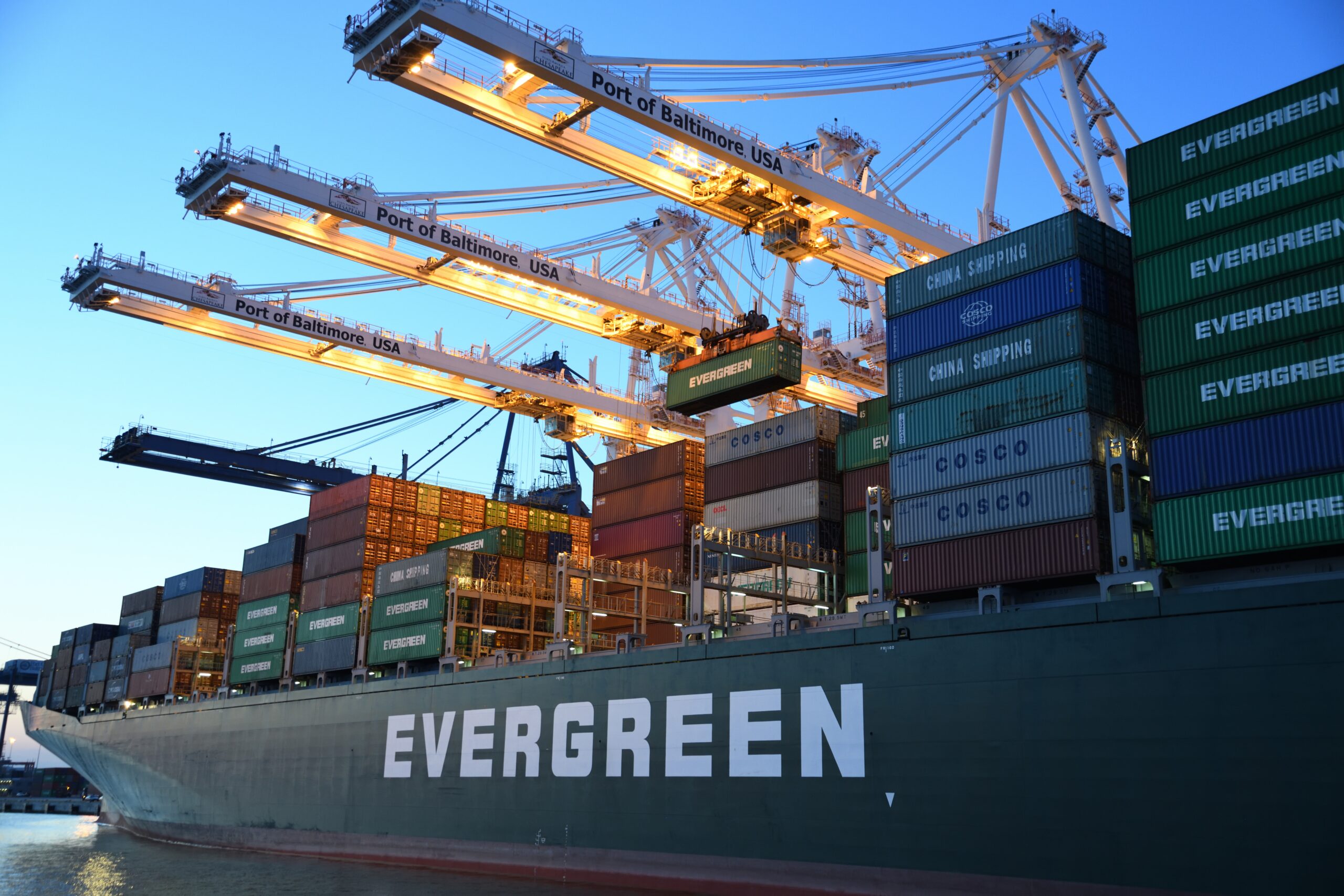1. KEEP IT PERSONAL
Personal touches appeal to today’s buyers: and 60% of consumers say they’ll become repeat customers after a personalised shopping experience.2 But what does this really mean in practice?
Businesses need to engage customers on the channels they like (social media? Email? YouTube?), in the way they like (short-form video content? Product-led photo ads?), and make recommendations based on the data they share. Truly customer-focused brands act on insights, often in real time, to offer a personalised marketing touch. Many choose to invest in tools that integrate data from multiple customer-facing sources at once to offer a complete picture. They might then use this data, for example, to present a fully personalised selection of products on a Facebook carousel ad. Or deliver a similar curated selection via email based on their past buying habits and customer profile.
2. MOBILE IS KING
You’ll need to embrace this mobile mentality by designing for mobile first: meaning fully responsive web design (across your homepage, product pages and cart/payment pages) and user-friendly journeys, including mobile payment options like Apple Pay and Google Pay that make it easy to buy in an instant. This is particularly important as one of the biggest reasons for cart abandonment is often a difficult payment or check-out process.
3. A FOCUS ON RETURNS
Today’s shoppers see returns as a necessary part of the shopping process, and retailers can turn this into an opportunity to build loyalty. Many customers will buy multiples of similar items so they can keep the size, colour, style or type they like – and send back the rest. Though these kinds of returns can be highly inconvenient for sellers, failing to support them will mean you miss out on repeat business.
4. CROSS-BORDER ECOMMERCE
A retailer’s physical location is now much less of a barrier: consumers are happier than ever to shop across borders. eMarketer says the worldwide opportunity for digital commerce will reach $6.17 trillion in 2023. One significant part of this growth is the increase in cross-border sales — up 45% this year compared to pre-pandemic figures.4
This is a huge opportunity for any retailer, particularly those looking to tap into the European market. EU customers regularly buy from other countries: for example, a whopping 90% of consumers in France and Italy say they shopcross-border.
What’s the secret to cross-border ecommerce success? The same as any digital shopping success:
- An airtight logistics process resulting in quick and reliable deliveries
- Online tracking to improve first-time delivery success and offer peace of mind
- Multiple flexible delivery and returns options (and preferably free returns!)
- A partner that can supply this support in the UK and your international buyers’ home countries to ensure they shop again.
From making it easier to pay on mobile to ensuring your logistics can support international shoppers, pivoting your business towards shoppers’ new habits is the best way to achieve online sales success in 2023.
